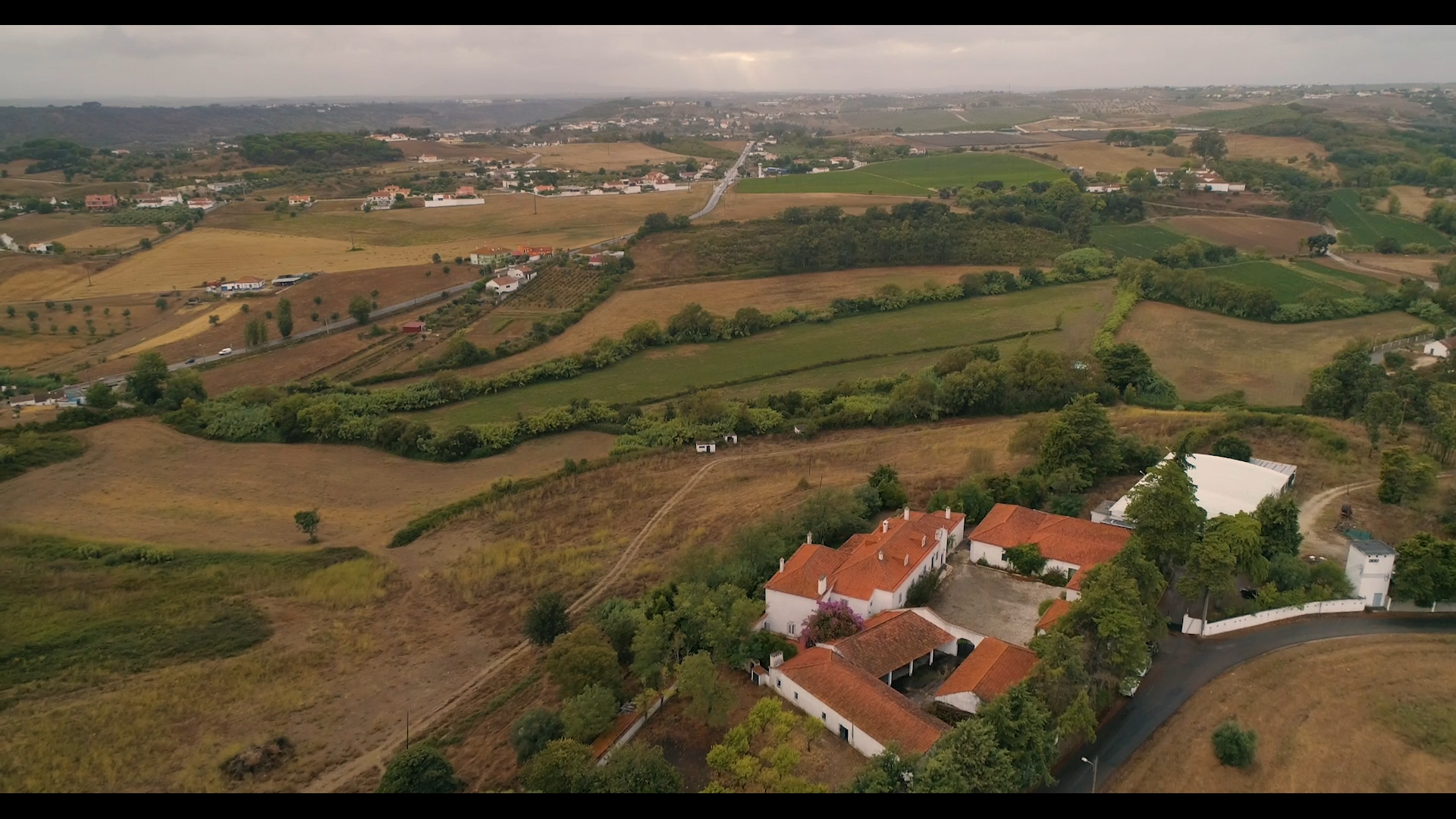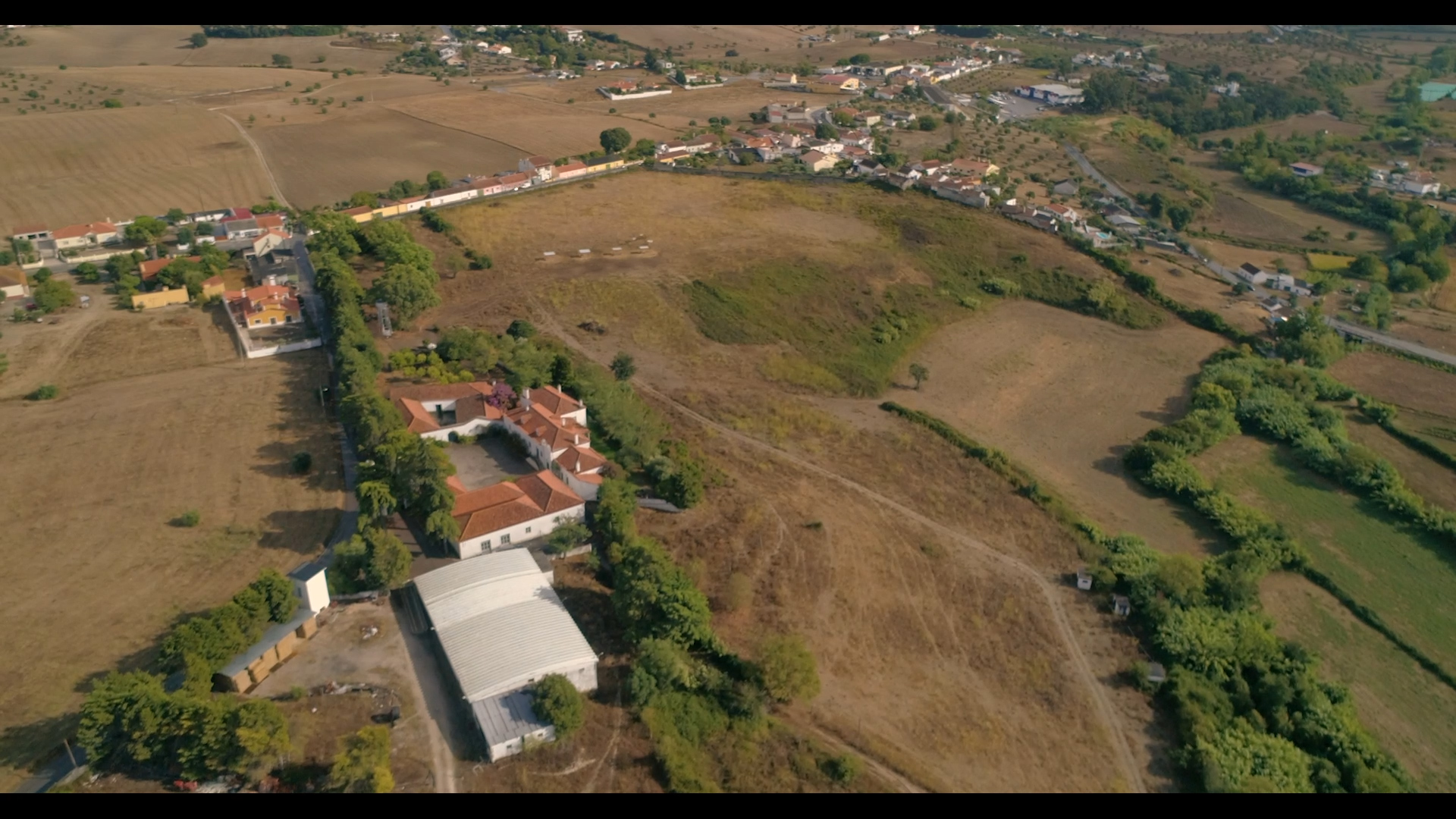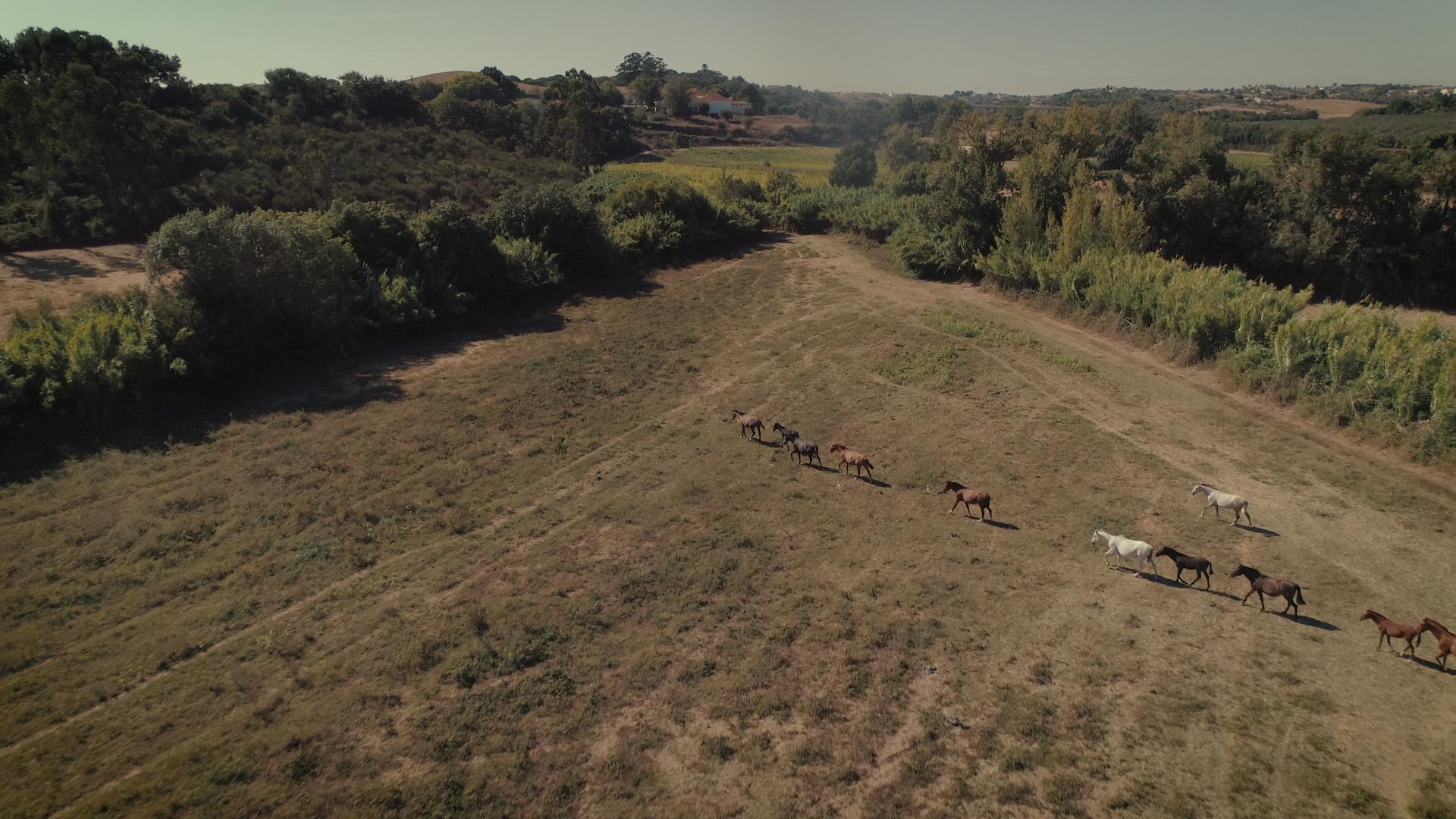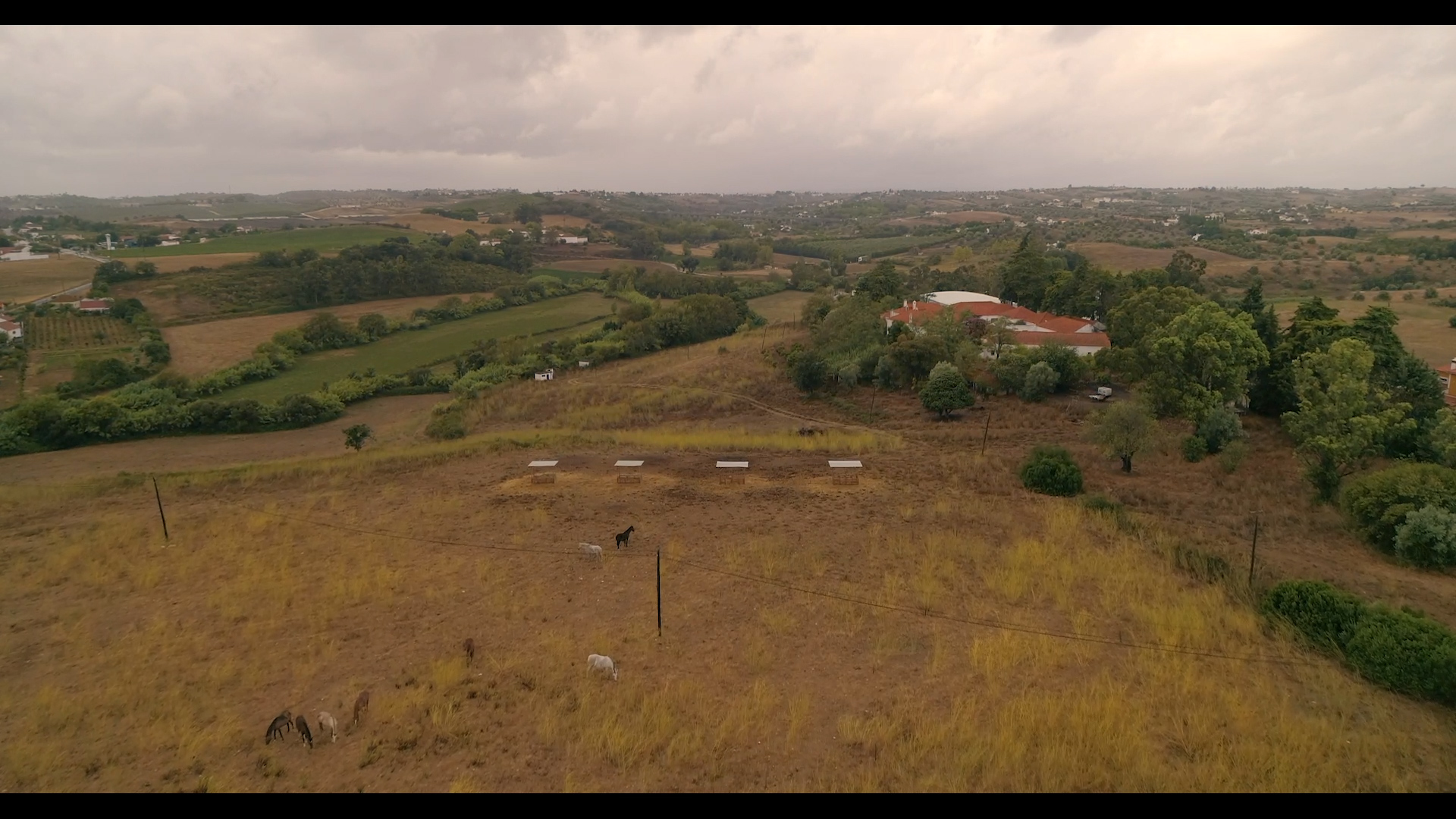Portugal's First 'Green Sanctuary'
Basic information
Project Title
Full project title
Category
Project Description
Portugal attracts millions of tourists each year. It is also a country with a large aging population. This green sanctuary will be a sustainable tourism spot and a place that will improve the lives of our solitary elderly.
I propose restoring an abandoned estate and its land into a beautiful, self-sustainable nature and animal sanctuary. It will provide jobs to locals in need and be open to those of all ages to visit and connect with nature, significantly improving their mental well-being.
Geographical Scope
Project Region
Urban or rural issues
Physical or other transformations
EU Programme or fund
Which funds
Description of the project
Summary
As a collaborator at SOS Animal—Portugal, I am proposing the creation of Portugal's first 'green sanctuary'. The sanctuary will be built on the premises of a traditional Portuguese estate house located in the rural area of Santarém, Portugal (one hour northeast of Lisbon). We will restore the estate house on the property and use it as our reception and educational center for the sanctuary. The historical property will be renovated using exclusively sustainable materials and powered solely through solar energy. The purpose of this sanctuary is to transform a large piece of land into a sustainable green space where the animals who inhabit it and people who visit it will have their lives greatly enriched. It will also significantly impact those from the region of Santarém by providing jobs and being a place where local elderly, living in isolation, will benefit from being in the presence of comforting animals (including rescued farmed and companion animals).
Our sanctuary will house farmed and companion animals who were mistreated or abandoned, with separate areas for each species, some of which will be allowed to interact with our visitors as a form of education, comfort therapy, and promotion of well-being. Another large section of our sanctuary will serve as grounds for reforestation in which we will reintroduce tree species that are native to the area, resulting in carbon sequestration and a return of biodiversity to the region.
The sanctuary will serve as a sustainable tourism destination, benefitting a region that is not currently visited often by tourists. The sanctuary will create jobs in the area, including positions in maintenance, animal welfare, education, tourism, etc. I propose creating interactive programs and promoting this sanctuary as a place where those of all ages, particularly youth and the elderly, can interact with nature and with the incredible beings that inhabit it–educating, enlightening, and overall improving the mood of our visitors.
Key objectives for sustainability
A key objective is to create a sanctuary that will be self-sustainable and thus, a green attraction and source of sustainable tourism in Portugal. It will be made using sustainable materials and maintained using natural resources (e.g., the use of rainwater sent to deposits to supply sanitary water for washing and irrigation). The sanctuary will exclusively use renewable, clean energy (solar energy supplied by our ‘energy farm’ on the premises, where all panels supplying energy for the entire sanctuary will be located).
A major section of the sanctuary will be dedicated to the reforestation of trees native to the region. In addition to our work planting trees, we will incentivize companies to invest in tree planting on our grounds to offset their organizations' carbon footprints. I additionally propose devoting a space for organic farming and permaculture that will generate sustainable production, supplying all aspects of the sanctuary (feed for the animals, meals for our visitors, and supplying a plant-based restaurant on the premises). Our plant-based restaurant, which will be made by reutilizing the structure of an old dairy barn located in the estate, will offer meals that are animal-product free and therefore low in their carbon footprint. It will also serve as a source of revenue for our sanctuary. Never has an initiative like this been executed in Portugal–a popular tourist destination that is known for its beauty, that will only become more so after this project is implemented.
This project will inspire others–those in Portugal and abroad–to reforest land and build their projects with the sustainability of the Earth in mind. Santarém will become the new green capital of Portugal after the creation of this innovative sanctuary. It is my hope that other regions will follow with similar projects and that Portugal will become the green example for Europe and the rest of the world to follow.
Key objectives for aesthetics and quality
Another key objective of this project is to restore an abandoned, traditional Portuguese estate—maintaining the historical and local architecture of the original building—into a place that will actively benefit society in multiple aspects.
Cultural heritage is treasured all over Portugal and is not the exception in the Alentejo region where this sanctuary will be located. It will be important for locals, especially the elderly population, to see this space looking familiar and therefore welcoming to them (as we anticipate their presence and involvement in the sanctuary through leisurely volunteer work, learning workshops, and comfort therapy with our animals). We also want tourists who will be visiting from other countries to be greeted by a traditional Portuguese estate, rather than a space that looks as if it could be located anywhere in the world. One part of the estate house will be turned into a space for accommodating volunteers from Portugal and all over the world. An annex to the estate—a building that was previously a dairy barn—will be turned into a plant-based restaurant that will provide delicious, healthy meals that are low in their carbon footprint.
The sanctuary will be outside local housing areas, making it a place where one can see vast beauty and find their calm amongst the greenery and through our interactive programs. It will be accessible by train and/or bus from urban and suburban locations and be located outside areas at risk of flooding and seismic activity. This sanctuary will provide tourists and the Portuguese public with a unique green space to enjoy that cannot be found anywhere else the country.
This project will promote the preservation of heritage around the world by demonstrating the benefits of repurposing abandoned, traditional buildings. It will also show how it is possible and beneficial to renovate spaces and transform them into innovative, green places that improve society, all while maintaining their original style.
Key objectives for inclusion
This sanctuary will be inclusive to all, particularly to youth (including underprivileged and institutionalized young people), the elderly, and disabled persons.
The participation of institutionalized youth at our sanctuary (e.g., through volunteering and educational programs) will help combat social discrimination and allow for a more effective insertion into society. We will also incentivize the participation of the senior public of Santarém and other regions of Portugal to combat elderly loneliness and isolation. We are planning on creating protocols with nursing homes and institutions that work with people with disabilities, as these groups would benefit greatly from being in the presence of nature and animals (comfort therapy) and performing leisurely tasks at the sanctuary (to gain a sense of purpose). We will provide educational programs for those of all ages and create protocols with national primary, middle, and high schools to encourage them to hold educational class trips at our sanctuary. We will have affordable rates for daily admission into the sanctuary for the youth, elderly, and disabled. The areas of the sanctuary that are visitable will be wheelchair accessible.
The sanctuary will also provide many jobs for those in Santarém in the Alentejo region of Portugal, where unemployment levels are some of the highest in the country. We will also implement a program for volunteers and interns (from Santarém and those coming from elsewhere) who we will provide lodging and daily plant-based meals to.
This project will inspire others interested in social inclusion projects by showing the positive effects that being immersed in nature and surrounded by animals has on peoples’ well-being. It will also demonstrate the importance of opening green spaces in rural areas that will attract educational and sustainable tourism, along with providing jobs to those in these disadvantaged regions.
Physical or other transformations
Innovative character
This green sanctuary will be the first place in Portugal–a popularly visited country with an aging population–that integrates the three values of the New European Bauhaus.
I am proposing the renovation of a currently abandoned estate and its land, located in a largely unvisited region of Portugal, through sustainable practices and materials. We will revitalize the beauty of a traditional Portuguese estate house and surround it by trees to reforest the area, capture carbon, and attract the biodiversity that belongs there. This will be a place for education and mental healing, where those of all ages can practice mindfulness and other stress-relieving techniques while they are surrounded by and interacting with nature and animals. We will incentivize the elderly and children, particularly those from disadvantaged classes, to visit our grounds through affordable admission and having some days where admission is free (e.g., first Sunday of the month). This space will also provide jobs to those who most need it, in Santarém, in the Alentejo region of Portugal. We will also offer opportunities to volunteer on the premises–both leisurely and more intensive help, depending on the volunteers' interests–which will benefit both the maintenance of the space and the quality of life for the animals and volunteers.
This project will inspire others interested in preserving national heritage, promoting sustainability, and encouraging inclusion by:
- teaching others to appreciating the beauty in the buildings that currently exist in their region/country
- improving abandoned historical sites through sustainable renovations and updating their sources of energy into clean energy
- turning spaces into socially innovative and inclusive retreats that will improve mental and physical well-being






